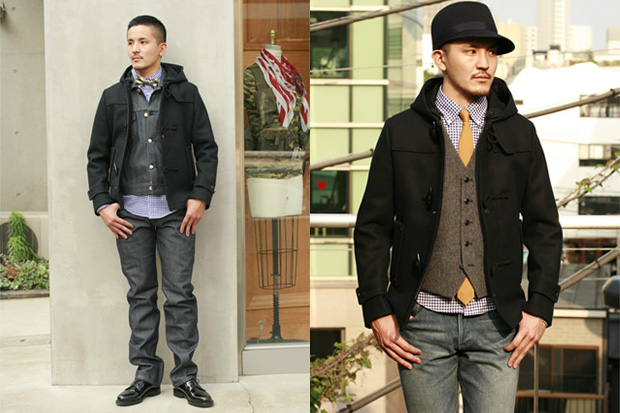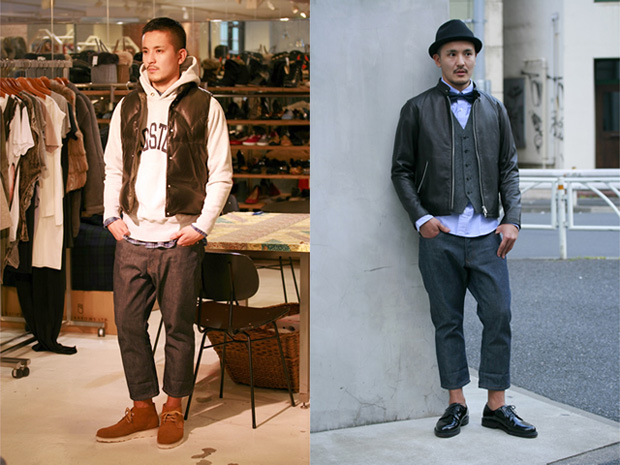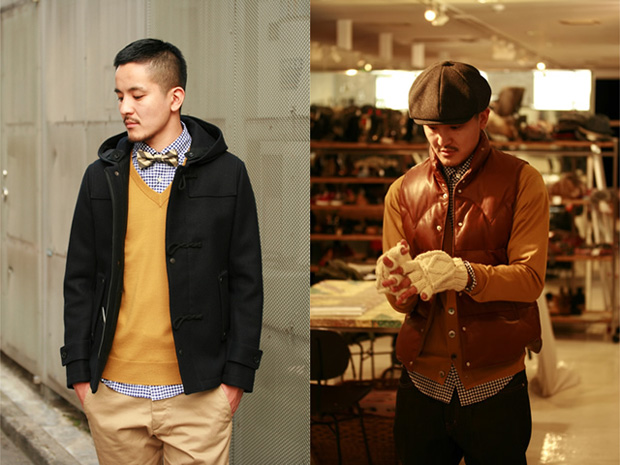
I didnt write this as well, but this is sort of how I feel as well, it was all a dream, or the end was reality.
I didn't write this, but after reading it I can accept the theory that the whole movie is a dream, which I couldn't before:
Every single moment of Inception is a dream. I think that in a couple of years this will become the accepted reading of the film, and differing interpretations will have to be skillfully argued to be even remotely considered. The film makes this clear, and it never holds back the truth from audiences. Some find this idea to be narratively repugnant, since they think that a movie where everything is a dream is a movie without stakes, a movie where the audience is wasting their time.
Except that this is exactly what Nolan is arguing against. The film is a metaphor for the way that Nolan as a director works, and what he's ultimately saying is that the catharsis found in a dream is as real as the catharsis found in a movie is as real as the catharsis found in life. Inception is about making movies, and cinema is the shared dream that truly interests the director.
I believe that Inception is a dream to the point where even the dream-sharing stuff is a dream. Dom Cobb isn't an extractor. He can't go into other people's dreams. He isn't on the run from the Cobol Corporation. At one point he tells himself this, through the voice of Mal, who is a projection of his own subconscious. She asks him how real he thinks his world is, where he's being chased across the globe by faceless corporate goons.
She asks him that in a scene that we all know is a dream, but Inception lets us in on this elsewhere. Michael Caine's character implores Cobb to return to reality, to wake up. During the chase in Mombasa, Cobb tries to escape down an alleyway, and the two buildings between which he's running begin closing in on him - a classic anxiety dream moment. When he finally pulls himself free he finds Ken Watanabe's character waiting for him, against all logic. Except dream logic.
Much is made in the film about totems, items unique to dreamers that can be used to tell when someone is actually awake or asleep. Cobb's totem is a top, which spins endlessly when he's asleep, and the fact that the top stops spinning at many points in the film is claimed by some to be evidence that Cobb is awake during those scenes. The problem here is that the top wasn't always Cobb's totem - he got it from his wife, who killed herself because she believed that they were still living in a dream. There's more than a slim chance that she's right - note that when Cobb remembers her suicide she is, bizarrely, sitting on a ledge opposite the room they rented. You could do the logical gymnastics required to claim that Mal simply rented another room across the alleyway, but the more realistic notion here is that it's a dream, with the gap between the two lovers being a metaphorical one made literal. When Mal jumps she leaves behind the top, and if she was right about the world being a dream, the fact that it spins or doesn't spin is meaningless. It's a dream construct anyway. There's no way to use the top as a proof of reality.
Watching the film with this eye you can see the dream logic unfolding. As is said in the movie, dreams seem real in the moment and it's only when you've woken up that things seem strange. The film's 'reality' sequences are filled with moments that, on retrospect, seem strange or unlikely or unexplained. Even the basics of the dream sharing technology is unbelievably vague, and I don't think that's just because Nolan wants to keep things streamlined. It's because Cobb's unconscious mind is filling it in as he goes along.
There's more, but I would have to watch the film again with a notebook to get all the evidence (all of it in plain sight). The end seems without a doubt to be a dream - from the dreamy way the film is shot and edited once Cobb wakes up on the plane all the way through to him coming home to find his two kids in the exact position and in the exact same clothes that he kept remembering them, it doesn't matter if the top falls, Cobb is dreaming.
That Cobb is dreaming and still finds his catharsis (that he can now look at the face of his kids) is the point. It's important to realize that Inception is a not very thinly-veiled autobiographical look at how Nolan works. In a recent red carpet interview, Leonardo DiCaprio - who was important in helping Nolan get the script to the final stages - compares the movie not to The Matrix or some other mindblowing movie but Fellini's 8 1/2. This is probably the second most telling thing DiCaprio said during the publicity tour for the film, with the first being that he based Cobb on Nolan. 8 1/2 is totally autobiographical for Fellini, and it's all about an Italian director trying to overcome his block and make a movie (a science fiction movie, even). It's a film about filmmaking, and so is Inception.
The heist team quite neatly maps to major players in a film production. Cobb is the director while Arthur, the guy who does the research and who sets up the places to sleep, is the producer. Ariadne, the dream architect, is the screenwriter - she creates the world that will be entered. Eames is the actor (this is so obvious that the character sits at an old fashioned mirrored vanity, the type which stage actors would use). Yusuf is the technical guy; remember, the Oscar come from the Academy of Motion Picture Arts and Sciences, and it requires a good number of technically minded people to get a movie off the ground. Nolan himself more or less explains this in the latest issue of Film Comment, saying 'There are a lot of striking similarities [between what the team does and the putting on of a major Hollywood movie]. When for instance the team is out on the street they've created, surveying it, that's really identical with what we do on tech scouts before we shoot.'
That leaves two key figures. Saito is the money guy, the big corporate suit who fancies himself a part of the game. And Fischer, the mark, is the audience. Cobb, as a director, takes Fischer through an engaging, stimulating and exciting journey, one that leads him to an understanding about himself. Cobb is the big time movie director (or rather the best version of that - certainly not a Michael Bay) who brings the action, who brings the spectacle, but who also brings the meaning and the humanity and the emotion.
The movies-as-dreams aspect is part of why Inception keeps the dreams so grounded. In the film it's explained that playing with the dream too much alerts the dreamer to the falseness around him; this is just another version of the suspension of disbelief upon which all films hinge. As soon as the audience is pulled out of the movie by some element - an implausible scene, a ludicrous line, a poor performance - it's possible that the cinematic dream spell is broken completely, and they're lost.
As a great director, Cobb is also a great artist, which means that even when he's creating a dream about snowmobile chases, he's bringing something of himself into it. That's Mal. It's the auterist impulse, the need to bring your own interests, obsessions and issues into a movie. It's what the best directors do. It's very telling that Nolan sees this as kind of a problem; I suspect another filmmaker might have cast Mal as the special element that makes Cobb so successful.
Inception is such a big deal because it's what great movies strive to do. You walk out of a great film changed, with new ideas planted in your head, with your neural networks subtly rewired by what you've just seen. On a meta level Inception itself does this, with audiences leaving the theater buzzing about the way it made them feel and perceive. New ideas, new thoughts, new points of view are more lasting a souvenir of a great movie than a ticket stub.
It's possible to view Fischer, the mark, as not the audience but just as the character that is being put through the movie that is the dream. To be honest, I haven't quite solidified my thought on Fischer's place in the allegorical web, but what's important is that the breakthrough that Fischer has in the ski fortress is real. Despite the fact that his father is not there, despite the fact that the pinwheel was never by his father's bedside, the emotions that Fischer experiences are 100 percent genuine. It doesn't matter that the movie you're watching isn't a real story, that it's just highly paid people putting on a show - when a movie moves you, it truly moves you. The tears you cry during Up are totally real, even if absolutely nothing that you see on screen has ever existed in the physical world.
For Cobb there's a deeper meaning to it all. While Cobb doesn't have daddy issues (that we know of), he, like Fischer, is dealing with a loss. He's trying to come to grips with the death of his wife*; Fischer's journey reflects Cobb's while not being a complete point for point reflection. That's important for Nolan, who is making films that have personal components - that talk about things that obviously interest or concern him - but that aren't actually about him. Other filmmakers (Fellini) may make movies that are thinly veiled autobiography, but that's not what Nolan or Cobb are doing. The movies (or dreams) they're putting together reflect what they're going through but aren't easily mapped on to them. Talking to Film Comment, Nolan says he has never been to psychoanalysis. 'I think I use filmmaking for that purpose. I have a passionate relationship to what I do.'
In a lot of ways Inception is a bookend to last summer's Inglorious Basterds. In that film Quentin Tarantino celebrated the ways that cinema could change the world, while in Inception Nolan is examining the ways that cinema, the ultimate shared dream, can change an individual. The entire film is a dream, within the confines of the movie itself, but in a more meta sense it's Nolan's dream. He's dreaming Cobb, and finding his own moments of revelation and resolution, just as Cobb is dreaming Fischer and finding his own catharsis and change.
The whole film being a dream isn't a cop out or a waste of time, but an ultimate expression of the film's themes and meaning. It's all fake. But it's all very, very real. And that's something every single movie lover understands implicitly and completely.
* it's really worth noting that if you accept that the whole movie is a dream that Mal may not be dead. She could have just left Cobb. The mourning that he is experiencing deep inside his mind is no less real if she's alive or dead - he has still lost her.











